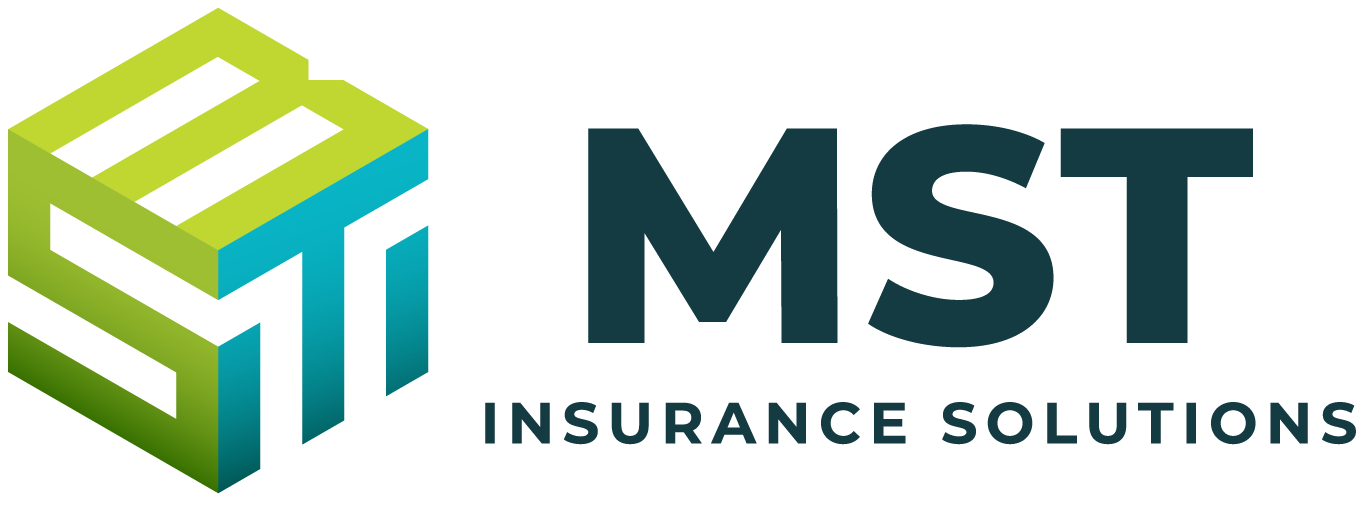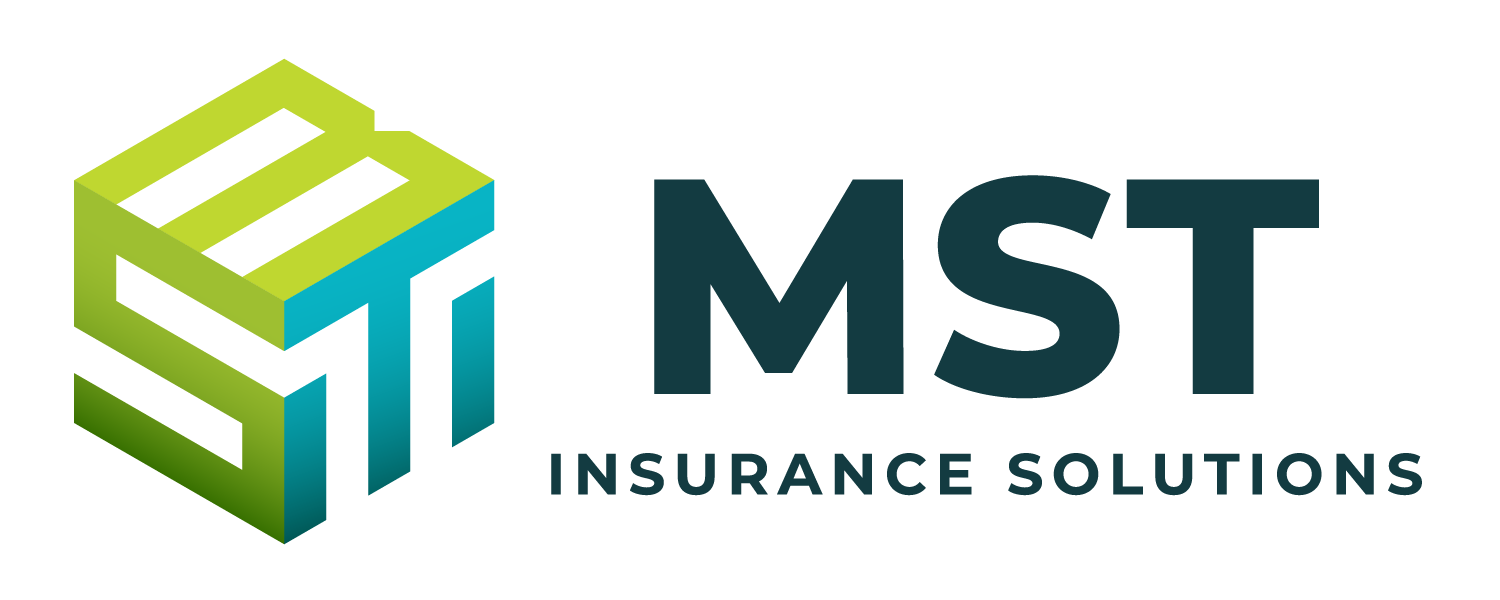As health care costs continue to rise, many employers are searching for ways to control costs while keeping benefits affordable and attractive to employees. For some employers, self-funded plans can be an effective strategy for lowering health care costs. Many employers have adopted these plans in recent years. According to a 2020 Kaiser Family Foundation Employer Health Benefits Survey, 67% of employees who receive employer-sponsored health coverage obtain it from self-funded health plans, representing a 23% increase since 1999.
Changing health plans is a major decision for any organization that often comes with wide-ranging impacts. While transitioning to a self-funded health plan can present opportunities for employers of all sizes, it’s vital that employers understand what to expect when implementing this type of plan.
This article provides a general overview of the benefits and risks of moving to a self-funded health plan and outlines strategies for ensuring a successful transition.
What Is a Self-funded Health Plan?
With a self-funded health plan, an employer assumes the financial risks associated with providing health care benefits to its employees. Rather than paying a fixed premium to an insurer, the employer collects premiums from enrollees and pays its employees and their dependents’ medical claims out of pocket as they’re incurred. Employers can administer their health plans themselves or contract with organizations that are third-party administrators (TPAs).
Benefits of Self-funded Health Plans
There are several reasons an employer may choose to move to a self-funded health plan, including:
- Reduced costs—Self-funded health plans often eliminate unnecessary expenses, including state-levied premium taxes. At the end of the plan year, if the claims employers pay are less than the contributions, employers can keep the surplus funds. This money can be used to reduce future contribution rates or increase benefits coverage for employees.
- Increased flexibility—Self-funded health plans often offer employers more flexibility than fully insured health plans because they don’t have to comply with many burdensome and often conflicting state health insurance regulations and benefits mandates. Self-funded health plans also allow employers to customize their health plans to meet employees’ needs and better manage health care costs while still benefiting from a large provider network. Further, since employers with these plans pay claims as they occur, they may have increased cash flow.
- Enhanced claims management—Self-funded health plans permit increased transparency. Employers can access and review utilization and claims data, allowing them to manage their employees’ health claims directly instead of relying on others, thus reducing administrative costs. Additionally, employers can use this data to adjust their plans’ coverage each year to better meet their employees’ needs.
Despite the potential benefits, self-funded health plans can present significant financial risks when claims exceed employers’ cash reserves. Some organizations mitigate this risk by purchasing stop-loss insurance, which limits the claims amount employers pay each year.
Considerations Before Moving to a Self-funded Health Plan
Altering health plans may present many challenges that must be addressed. Before transitioning to a self-funded health plan, employers should evaluate the following considerations:
Managing Cash Flow
Often, the biggest difference employers experience when moving from a fully insured health plan to a self-funded health plan is cash flow management. Employers must create a budget to manage costs and pay medical claims on time. Accordingly, self-funded health plans are often a good option for employers with strong cash flow or reserves.
Containing Costs and Mitigating Risks
Since employers are responsible for paying health claims as they’re incurred with self-funded health plans, they must implement strategies to contain costs and mitigate risks. Regularly reviewing financial and claims data can provide employers with important insights into managing the costs of claims and mitigating risks effectively.
Evaluating Workforce Size and Demographics
Catastrophic claims can drain an employer’s cash reserves that are meant to cover all the plan’s claims for an entire year, jeopardizing the plan’s long-term viability. Therefore, evaluating workforce size and demographic data before switching to a self-funded health plan is critical. Older employees usually have more health needs, resulting in more claims. Additionally, employees with chronic illnesses tend to have greater claim frequency, increasing employers’ risk of high losses. Evaluating the organization is crucial to help understand an employer’s risks of moving to a self-funded plan.
Determining Employee Contributions
With self-funded health plans, employers decide how much employees must pay in premiums to be covered by the plan. If employers fail to receive sufficient funds through premiums, they may not be able to adequately cover claims. To calculate employee premiums and forecast claims, many employers with self-funded health plans use fully insured premium equivalents to develop their health plan budgets. Establishing a health plan budget allows employers to calculate the necessary premiums to cover anticipated claims.
Utilizing Health Care Claims Data
Gaining access to employee health claims data is one of the most significant changes when moving to a self-funded health plan. Employers can typically access financial and clinical data, which provides information about the cost and nature of their employees’ claims, such as diagnoses. This data enables employers to better control their health care costs.
Preparing to Switch to a Self-funded Health Plan
Transitioning to a self-funded health plan can be a long process. Employers should consider these strategies when preparing to move to a self-funded health plan:
- Create a transition plan and establish a timeline.
- Consider partnering with a TPA to help design the health plan and choose the provider network.
- Evaluate stop-loss insurance to help mitigate risks.
- Decide on the plan’s policies and coverage.
- Ensure the plan complies with applicable legal requirements.
- Train benefits managers and other personnel on self-funded health plans.
- Educate employees on the plan’s benefits.
An effective strategy can help employers to transition smoothly and avoid unnecessary challenges and delays.
Summary
Self-funded health plans operate much differently than fully insured health plans. By understanding what to expect when moving to self-funded health plans, employers can be better prepared to make a successful transition.
For a copy of this notice, click here: Considerations for Switching to a Self-funded Health Plan

